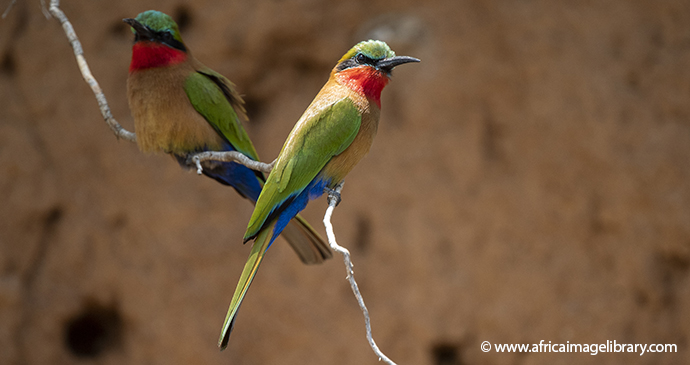
Descend into the Rift Valley to explore Semliki National Park, Uganda’s most exciting birding destination.
Gazetted in 1993, Semliki National Park – previously known as Bwamba Forest, a name that often crops up in old ornithological literature – protects a practically unspoilt 220km² tract of rainforest bounded to the northwest by the Semliki River as it runs along the Congolese border into Lake Albert, and to the southeast by the surfaced main road connecting Fort Portal to Bundibugyo. The tropical lowland forest of Semliki, set at an average altitude of 700m, forms an ecological continuum with the Ituri Forest, which extends eastward for more than 500km to the Congo River, and it supports a wealth of wildlife unknown from elsewhere in East Africa, including more than 35 bird species. Despite this, the relative remoteness of the park means it is seldom visited, even by ornithological tours.
Over 435 bird species have been recorded in Semliki National Park. The checklist includes a full 35 Guinea–Congo forest biome bird species unknown from elsewhere in East Africa. Furthermore, another 12 species with an extremely limited distribution in East Africa are reasonably likely to be seen by visitors spending a few days in Semliki National Park.
The entrance fee is US$35/25 for FNR/FR per 24 hours. No fee is charged for driving or walking along the main road to Bundibugyo, which falls just outside the park’s southeastern boundary, or for staying overnight at Bumaga Visitor Camp. As of January 2019, no additional charge is made for the short walk to Sempaya Hot Springs. Other activities such as birding walks attract a guide fee of US$30 per person over and above the entrance fee. Because Semliki National Park and Toro-Semliki Wildlife Reserve are separate entities, you need to pay two sets of entrance fees if you visit both, even if it falls within the same 24-hour period.